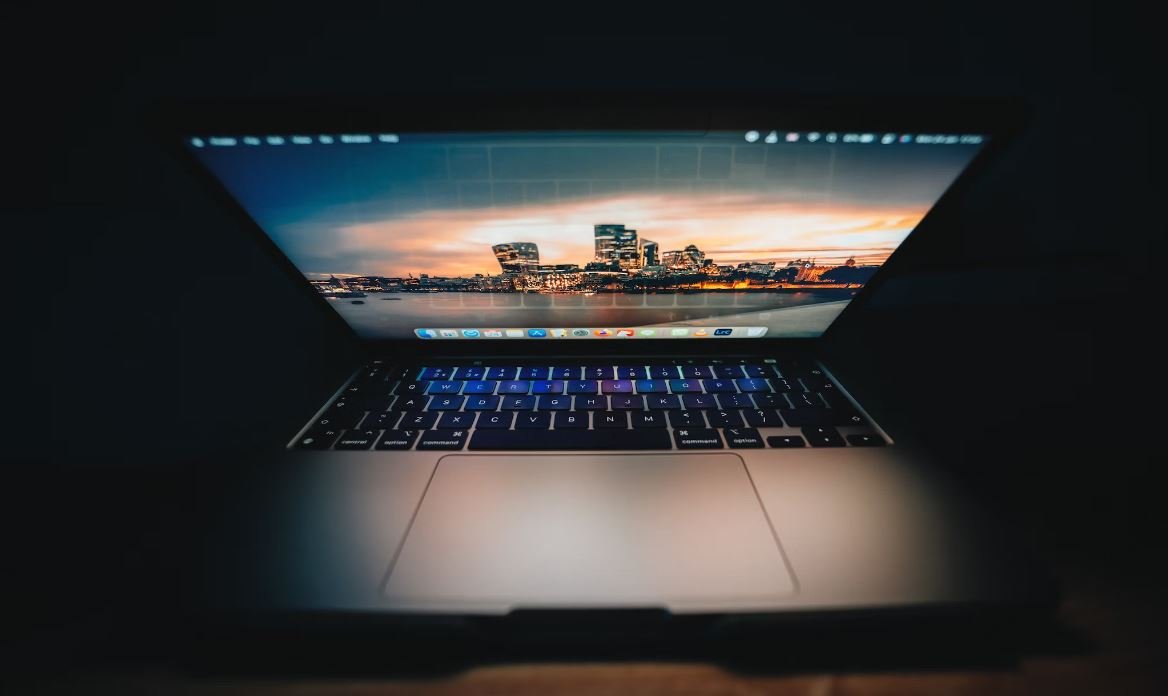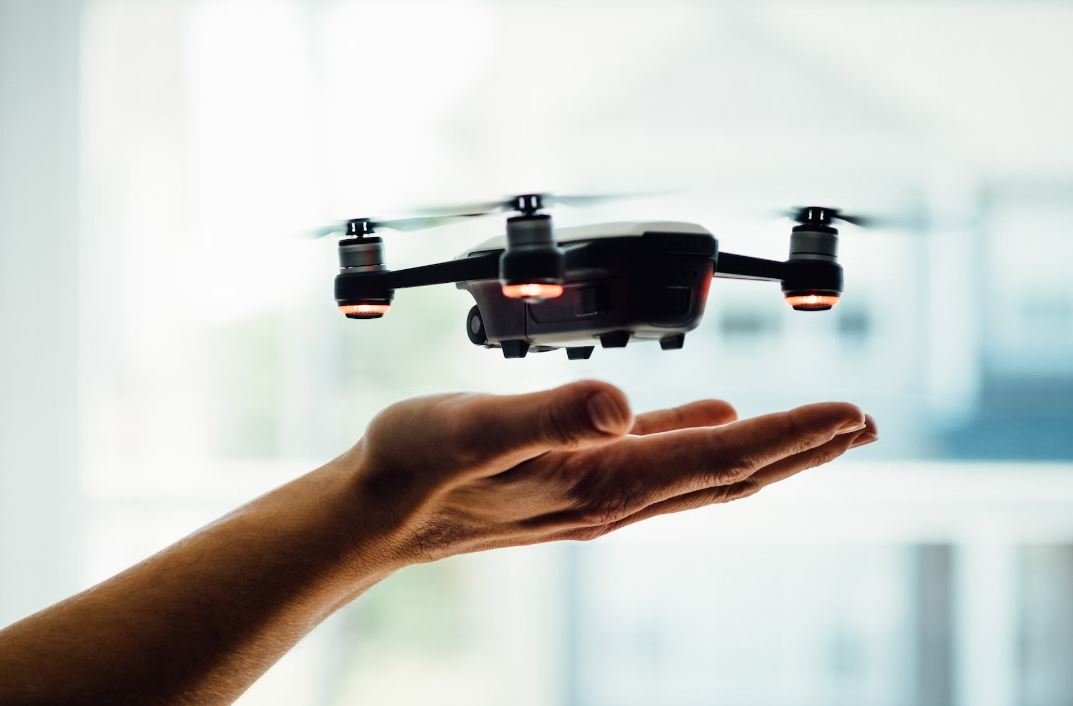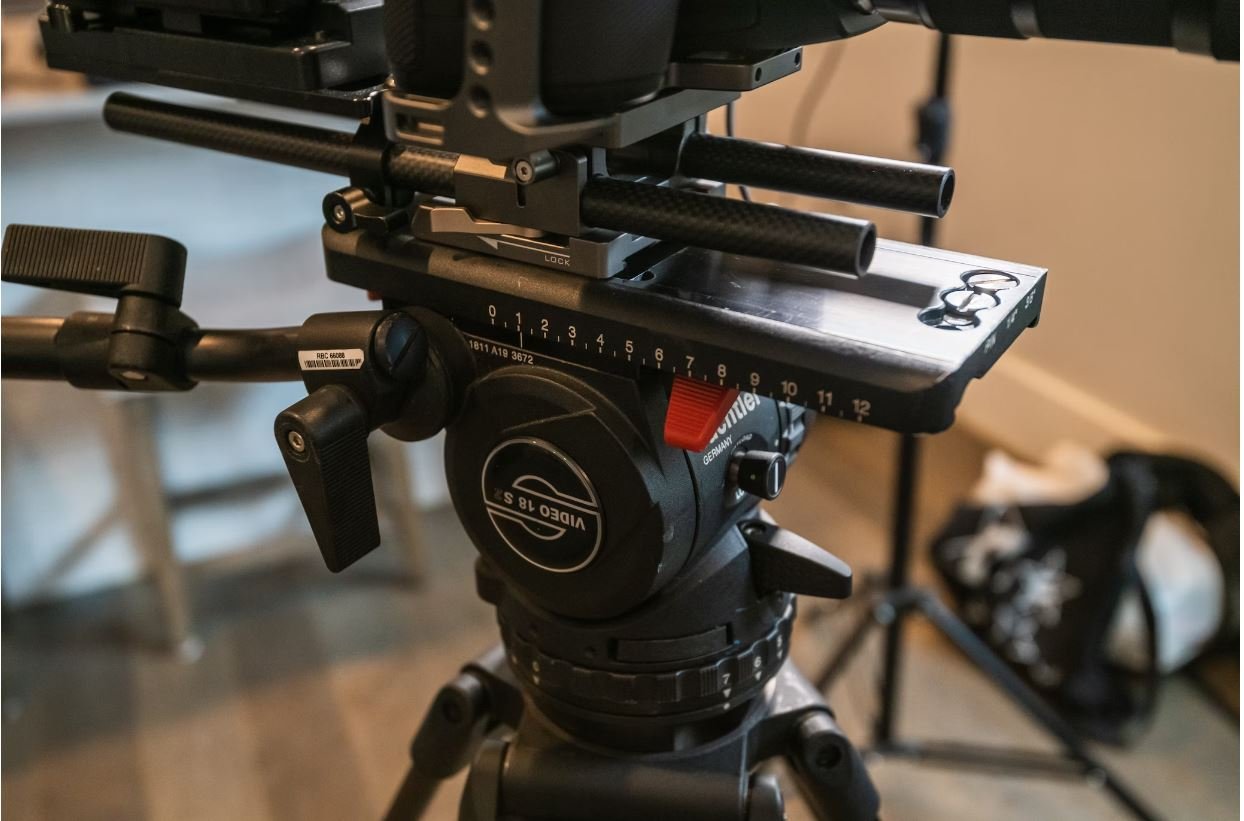Film Lights
Making a film requires a number of important components, and one crucial element is lighting. Film lights not only illuminate the scene but also contribute to the overall mood and atmosphere of the movie. Whether it’s a dramatic thriller or a light-hearted comedy, proper lighting can enhance the visual aesthetic and help convey the intended message to the audience.
Key Takeaways:
- Film lights are essential in creating the desired mood and atmosphere of a movie scene.
- Proper lighting enhances the visual aesthetic and helps convey the intended message to the audience.
- There are different types of film lights, each serving a specific purpose in the filmmaking process.
The Importance of Film Lights
Film lights play a crucial role in cinematography, as they have the power to transform a scene by manipulating light sources, shadows, and highlights. The strategic use of lights can evoke different emotions, create depth, and add visual interest to a shot.
*In the film industry, there’s an art to painting with lights, where skilled cinematographers shape and mold the overall visual journey.*
Film Lights and their Functions
There are various types of film lights that serve specific purposes on a film set. Here are some common ones:
- Key Light: The main light source, often positioned to one side of the camera, used to illuminate the subject with the desired brightness and shape.
- Fill Light: A secondary light that helps reduce the shadows created by the key light, maintaining a balanced overall lighting.
- Backlight: Positioned behind the subject, this light adds separation between the subject and the background, providing depth and enhancing visual interest.
- Practical Light: These are lights that appear as part of the set, such as lamps or chandeliers, and serve a dual purpose by illuminating the scene and creating a realistic environment.
*One interesting technique is using color gels with film lights to create a specific mood or atmosphere, such as using blue tones for a cold, melancholic scene.*
Film Lighting Techniques
Mastering different lighting techniques is crucial for filmmakers who want to create visually stunning and impactful scenes. Here are a few notable techniques:
- Three-Point Lighting: This classic lighting setup involves using a combination of key, fill, and backlight to create a well-balanced and dimensional image.
- High Key Lighting: Ideal for comedies or bright, cheerful scenes, high key lighting involves minimizing shadows and producing a brightly lit, low-contrast image.
- Low Key Lighting: Often used in film noir or suspenseful movies, low key lighting creates a high-contrast image with stark shadows, adding a sense of mystery and tension.
*Creating suspense through lighting can be as effective as a well-written plot twist.*
Tables
Here are three tables showcasing interesting information and data points related to film lights:
| Type of Film Light | Function |
|---|---|
| Key Light | Primary light source illuminating the subject |
| Fill Light | Secondary light reducing shadows |
| Backlight | Creates separation and adds depth |
| Practical Light | Set elements that illuminate the scene |
| Lighting Technique | Description |
|---|---|
| Three-Point Lighting | Uses key, fill, and backlight for balanced lighting |
| High Key Lighting | Bright, low-contrast lighting for cheerful scenes |
| Low Key Lighting | High-contrast lighting with stark shadows for suspenseful scenes |
| Color Gel | Mood/Atmosphere |
|---|---|
| Blue | Cold, melancholic |
| Red | Danger, passion |
| Yellow | Happy, warm |
Summing It Up
Film lights are indispensable tools in creating visually captivating and emotionally resonant movies. From setting the right mood to highlighting the key elements of a scene, they play a fundamental role in the storytelling process. Whether it’s a big-budget Hollywood production or an independent film, proper understanding and implementation of film lights can make all the difference in the final product.

Common Misconceptions
1. Film lights are only used in movies and TV shows
One common misconception is that film lights are exclusively used in creating movies and TV shows. However, film lights serve a variety of purposes outside of the entertainment industry.
- They are extensively used in photography studios and fashion shoots.
- In architectural projects, film lights are used to highlight specific elements or create desired moods.
- Even in everyday life, individuals may use film lights for personal photography or creating professional-looking videos.
2. Any lighting equipment can be used as film lights
Some people believe that any lighting equipment can be used as film lights, but this is not true. Film lights are specifically designed to meet the unique requirements and standards of the film industry.
- Film lights have specialized features like adjustable color temperature, beam angle, and intensity control.
- They are designed to be heat-resistant to prevent any hazards during long-duration shoots.
- Film lights also have a high color rendering index (CRI) to ensure accurate and natural color representation.
3. Film lights always make the subject look flattering
Another misconception is that film lights always make the subject look flawless and flattering. While film lights do enhance the appearance of individuals under controlled lighting conditions, they may not always produce the desired effect.
- The choice of light placement, angles, and intensity can greatly influence how the subject appears on screen.
- Improper lighting techniques can create unflattering shadows and emphasize imperfections.
- The skill and expertise of the cinematographer or photographer play a crucial role in creating a visually pleasing result.
4. Film lights are always expensive
Many people assume that film lights are always expensive and out of reach for individuals outside the film industry. However, there are various options available at different price points to cater to different budgets and needs.
- Some affordable film light alternatives are available for beginners or those on a tight budget.
- Rental services offer flexible options to access professional-grade film lights without the need for a large upfront investment.
- With advancements in technology, the market now offers a wide range of cost-effective and energy-efficient film lighting solutions.
5. Film lights are only useful in controlled environments
It is a misconception that film lights are only beneficial in controlled studio environments. While they are extensively used in studio settings, film lights are also valuable in various other situations.
- On-location shoots, including outdoor scenes, often require the use of film lights to maintain consistent lighting conditions.
- In event photography or videography, film lights can help create a desired ambiance or highlight specific areas.
- Even in documentary-style filmmaking, lighting plays a crucial role in enhancing the storytelling and overall visual experience.

Film Location Lighting
Film location lighting plays a crucial role in creating the desired atmosphere and visual effects in movies. Here are some interesting data points related to different types of film lights used in the industry.
Theatrical Lighting
Theatrical lighting is an essential component of any stage production, enhancing the overall mood and highlighting key elements. The following table provides information about various types of theatrical lights commonly utilized:
| Type | Description | Example |
|---|---|---|
| Floodlights | Wide-angle beams for general illumination | Altman Scoop |
| Follow Spots | Focusable, high-intensity beams for highlighting actors | Strong Super Trouper |
| Par Cans | High-intensity lights for washing large areas | ETC Source Four Par |
Cinematic Lighting Techniques
Cinematic lighting techniques are used to create specific moods and enhance storytelling in films. The following table showcases various techniques frequently applied:
| Technique | Description | Example Film |
|---|---|---|
| High-Key Lighting | Evenly lit scenes with minimal shadows, conveying a positive mood | Singing in the Rain |
| Low-Key Lighting | High contrast scenes with dramatic shadows, creating tension | The Godfather |
| Backlighting | Lighting from behind the subject to create a halo effect | Pulp Fiction |
Lighting Budget Distribution
When producing a film, the budget allocation for lighting is an essential consideration. The following table presents a typical distribution of lighting budget for different movie genres:
| Genre | Lighting Budget Allocation (%) |
|---|---|
| Action | 20 |
| Drama | 15 |
| Comedy | 10 |
| Horror | 25 |
Film Light Suppliers
There are numerous suppliers of film lighting equipment in the industry. The following table lists some well-known suppliers:
| Supplier | Specialty |
|---|---|
| ARRI Lighting | High-quality lights suitable for a wide range of productions |
| Kino Flo | Efficient fluorescent and LED lighting systems |
| Mole-Richardson | Traditional, durable lights for demanding environments |
Lighting Certification Levels
Lighting technicians and designers can obtain different levels of certification to demonstrate their expertise. The table below outlines some common lighting certification levels:
| Level | Description |
|---|---|
| Certified Lighting Technician (CLT) | Entry-level certification for lighting technicians |
| Certified Lighting Designer (CLD) | Certification for professionals specializing in lighting design |
| Master Certified Lighting Designer (MCLD) | Highest level of certification for lighting designers |
Lighting Industry Revenue
The lighting industry, including film and stage lighting, generates significant revenue worldwide. The table below presents the revenue figures for the past five years:
| Year | Revenue (in billions of dollars) |
|---|---|
| 2017 | 22.5 |
| 2018 | 24.8 |
| 2019 | 26.3 |
| 2020 | 21.9 |
| 2021 | 28.1 |
Lighting Equipment Energy Consumption
Efficient energy usage is a growing concern in the lighting industry. The following table compares the energy consumption of different types of film lighting equipment:
| Lighting Equipment | Energy Consumption (Watts) |
|---|---|
| LED Panels | 100 |
| Incandescent Bulbs | 800 |
| HMI Lights | 2000 |
| Tungsten Lights | 1000 |
Popular Film Lighting Effects
Film lighting can be employed creatively to produce various effects. The following table showcases some popular lighting effects used in movies:
| Effect | Description | Example Film |
|---|---|---|
| Silhouette | Subject presented as a dark figure against a bright background | The Third Man |
| Lens Flare | Artificial light scattering within the camera lens | Star Trek |
| Practical Lighting | Visible light sources within the scene itself | E.T. the Extra-Terrestrial |
The Impact of Appropriate Lighting
Film lights play a crucial role in setting the mood, enhancing special effects, and creating memorable cinematic experiences. The right lighting equipment and techniques can transform ordinary scenes into extraordinary visual masterpieces, captivating audiences and immersing them in the world of the film.
Frequently Asked Questions
FAQ 1: What are film lights?
Film lights are special lighting fixtures designed specifically for use in the film industry. They are used to illuminate the scene, create the desired mood, and highlight the subjects being filmed.
FAQ 2: What are the different types of film lights?
There are various types of film lights, including fresnel lights, kino flo lights, LED lights, and HMI lights. Each type has its own unique characteristics and is used for specific purposes in filmmaking.
FAQ 3: How do film lights work?
Film lights work by producing and emitting light through various mechanisms. Traditional film lights, such as tungsten-based lights, generate light by heating a filament. LED lights, on the other hand, use semiconductors to emit light when an electric current passes through them.
FAQ 4: What factors should I consider when choosing film lights?
When choosing film lights, you should consider factors such as the desired lighting effect, power consumption, color temperature, portability, and compatibility with the camera and other equipment used in the filmmaking process.
FAQ 5: How can I control the intensity of film lights?
Film lights can be controlled using various methods, such as dimmers, diffusers, barn doors, and gels. Dimmers allow you to adjust the brightness, while diffusers soften the light. Barn doors help control the direction of the light, and gels can be used to modify the color temperature.
FAQ 6: Can film lights be used outdoors?
Yes, film lights can be used outdoors. However, there are certain considerations to keep in mind, such as weatherproofing the lights, using appropriate stands and mounting options, and adjusting for natural lighting conditions to achieve the desired effect.
FAQ 7: Are film lights expensive?
The cost of film lights can vary depending on the type, brand, and features. Some lights may be more affordable, while others may be quite expensive. It is essential to consider the quality and functionality of the lights before making a purchase.
FAQ 8: How can I learn to use film lights effectively?
To learn to use film lights effectively, you can consider taking courses or workshops on cinematography or lighting techniques. You can also experiment with different lighting setups, study lighting in films, and learn from experienced filmmakers or cinematographers.
FAQ 9: Can I rent film lights instead of buying them?
Yes, renting film lights is a common practice in the film industry. It allows filmmakers to access a wide range of equipment without the need for a significant upfront investment. Many rental companies offer different types of film lights for short-term or long-term use.
FAQ 10: How can I maintain film lights?
To maintain film lights, it is important to clean them regularly, replace any damaged or worn-out parts, and store them properly when not in use. It is also advisable to follow the manufacturer’s instructions and guidelines for maintenance to ensure their longevity and optimal performance.




